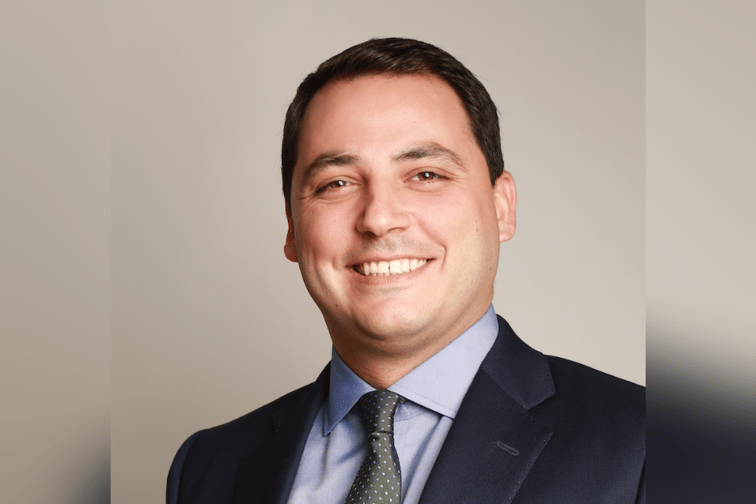

When asked to describe how Stere operates, founder and CEO Dogan Kaleli (pictured) resorts to food.
“It’s really like GrubHub … or Uber Eats, if you will, but for insurance programs,” Kaleli said, referring to the platforms where users can order delivery from multiple participating restaurants.
More precisely, Stere is a two-sided digital marketplace. Launched less than a year ago, its clients include MGAs, program administrators and embedded insurance programs, along with partners such as carriers, fronting carriers, reinsurers, brokers, program consultants and technology profiles.
Food apps such as GrubHub or Uber Eats offer an apt comparison, as Kaleli explained.
“You don’t want to call a Mexican restaurant or Chinese restaurant … to see their menus separately and then decide which one and then call them back to order, right? … You just order,” he said. “That’s kind of what we built and will be building.”
Kaleli said that any MGA will be able to come to the Stere marketplace, work with their carriers, their own connections and the platform because it addresses the needs and appetites of both sides.
“We create that intelligence because we do the matchmaking,” Kaleli said. “We will shortlist the right carriers [an MGA should be working with] based on all of those appetites.”
The alternative is a much longer process, he said, (not unlike looking at one restaurant menu at a time, and then calling each restaurant separately to order).
Currently, MGAs can spend up to three months seeking capacity, Kaleli said, calling 50 different carriers until they figure out which handful they need to focus on. Stere, like the food order apps, puts everything in one platform, quickening the process considerably.
“Every deal on our platform will be portfolios, [books] of business,” Kaleli said. “All of those deals are being pitched through our marketplace and that digital experience to capacity providers.”
MGAs in particular, he said, are always trying to find capacity, which makes his digital marketplace an ideal alternative for them.
“MGAs need capacity. They go to conferences [and] they call the carriers [to] try to find capacity,” Kaleli said. “That world exists today because, without it, MGAs cannot operate.”
Stere took that idea, the manual analog marketplace, and digitized it. Kaleli explained that the platform uses APIs and relies on a “matchmaking engine.” He declined to describe the technology specifics in more detail, though he said machine learning and artificial intelligence are components Stere is contemplating as it expands.
“These things are down the line,” he said.
In terms of how the platform functions, the starting point is to map what carriers or reinsurers are looking for.
“We have 15 to 20 questions to ask them,” Kaleli said. “Based on those answers it is a pretty straightforward matchmaking process.”
Aside from that, there are metrics the company can include, such as portfolio diversification within an insurance company and where they need to write more business, to help indicate with whom MGAs should be working.
Stere recently buttressed what it can offer clients through a partnership designed to improve the nature of bordereaux – memorandums or invoices that an underwriter prepares for a company to list reinsured risks. The new partnership is with London-based distriBind, a London-based insurtech designed to improve bordereaux management by eliminating raw data manipulation and slashing processing times. Stere clients – MGAs, US carriers and reinsurers – can now access the system as they seek more capacity arrangements. According to Kaleli, the partnership relies on APIs to help carrier clients intake the bordereaux data.
Stere’s platform is in a constant state of evaluation, Kaleli said, with programmers focused regularly on improvements and fine-tuning.
“In the last three months we spent [time] redoing and redesigning most of the components, so that it’s a better fit to scale up,” Kaleli explained.
Kaleli is a 15-year insurance industry veteran, with previous experience including leadership roles within Allianz Group. He launched the company in May 2021 and raised $2 million in seed funding in December 2021 from the likes of Fin VC, with participation from Plug and Play Ventures, Sandalphon Capital and Hartford Investment Management Company, among others. That number has now inched higher to $2.3 million as the round became oversubscribed.
According to Kaleli, Stere has signed on 50 MGAs as of early March, representing more than $1.2 billion in annual premium. The company has also closed 10 embedded insurance deals and counting, he said.
Approximately 10 employees now work for the company, but, Kaleli said, Stere is hiring regularly.
